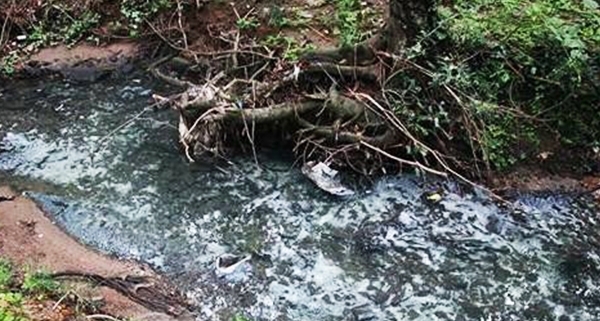The toxic waste water mainly includes cyanide-containing wastewater, phenol-containing wastewater and mercury-containing wastewater.
Cyanide-containing wastewater
Cyanide-containing wastewater mainly comes from electroplating, gas, coking, metallurgy, metal processing, chemical fiber, plastics, pesticides, and chemical industries.
Cyanide-containing wastewater is a kind of toxic industrial wastewater. It is unstable in water and easy to decompose. Inorganic cyanide and organic cyanide are highly toxic substances. People can cause acute poisoning by ingestion. The lethal dose of cyanide to human body is 0.18g, and the potassium cyanide is 0.12g. The mass concentration of cyanide in fish to death is 0.04~0.1mg/L.
The main treatment measures for cyanide-containing wastewater are:
Reform the process to reduce or eliminate the effluent containing cyanide. If the cyanide-free plating method is used, the industrial wastewater in the electroplating workshop can be eliminated.
Waste water with high cyanide content should be recycled, and waste water with low cyanide content should be purified before being discharged. The recovery methods include acidification aeration-alkali absorption method, steam desorption method, and the like.
The treatment methods include alkaline chlorination method, electrolytic oxidation method, pressurized hydrolysis method, biochemical method, bio-iron method, ferrous sulfate method, air stripping method, and the like. Among them, the alkaline chlorination method is widely used, the ferrous sulfate method is not thorough and unstable, and the air blowing method not only pollutes the atmosphere, but also fails to meet the discharge standard. Less used.
Phenolic wastewater
The phenol-containing wastewater mainly comes from the industrial sectors such as coking plants, gas plants, petrochemical plants, and insulating materials plants, as well as the production process of petroleum cracking to ethylene, synthetic phenol, polyamide fiber, synthetic dyes, organic pesticides and phenolic resins. The phenol-containing wastewater mainly contains a phenol-based compound, which is a protoplasmic poison that can coagulate the protein.
Mercury-containing wastewater
Mercury-containing wastewater mainly comes from non-ferrous metal smelters, chemical plants, pesticide plants, paper mills, dye factories and thermal instrumentation plants. The toxicity of various mercury compounds varies greatly. For example, methylmercury, methylmercury is easily absorbed into the human body, is not easily degraded, and excretion is slow and easily accumulates in the brain.



